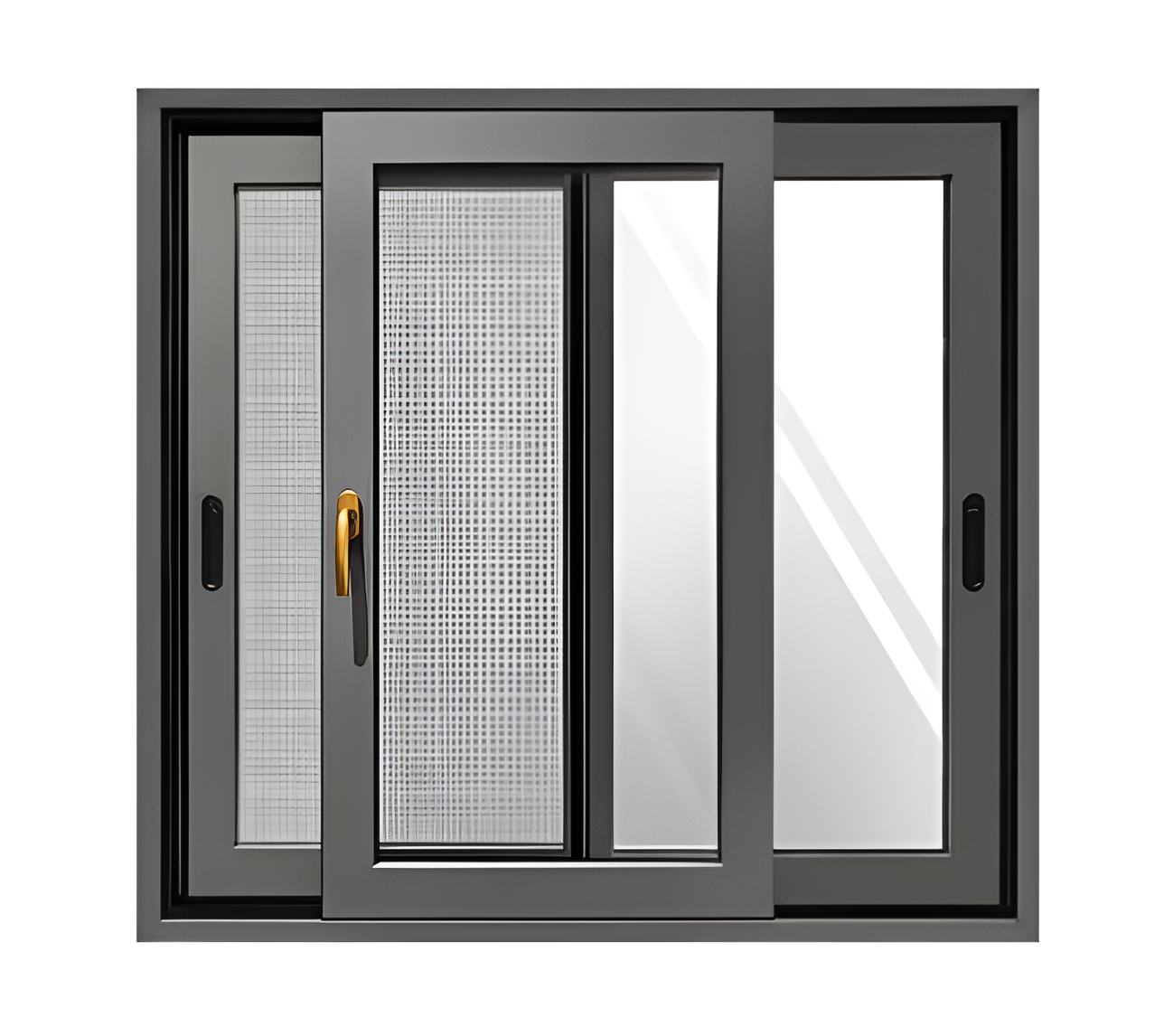AAMA Certification is a trusted standard that guarantees fenestration products meet strict quality, safety, and performance requirements. At the 2025 FGIA Fall Conference, Jason Seals, FGIA Certification Services Manager, Fenestration, explained the different AAMA Certification programs, their procedures, and common challenges for manufacturers.
What Is AAMA Certification?
The AAMA Certification programs cover a broad spectrum of products and testing, including:
- Air-Water-Structural (AWS) Certification
- NFRC Thermal Certification
- Manufactured Housing Component (MH) Certification
- Impact Performance (ASTM E1886/1996)
- Vinyl and fiberglass Profile Certification
- Insulating Glass Unit (IGU) Certification
- Component Verification
- Laboratory Accreditation (Full-Service, Component, and Field Test Agencies)
Certified products are tested in AAMA-accredited labs to meet North American Fenestration Specification (NAFS) standards, produced under an approved Quality Management System (QMS), and regularly audited. Products are only considered certified once they carry the official AAMA label.
Certification Steps
For AWS, Thermal, IGU, and Profiles programs, the process includes:
- Licensing the manufacturer
- Approval of the QMS
- Product testing (often the first step)
- Authorization to certify
- Applying the AAMA label to compliant products
- Surveillance inspections, including material checks, production audits, and QMS compliance
Laboratory accreditation follows similar steps, while the Verified Components Program relies solely on testing without audits or QMS review.
Challenges Manufacturers Face
Common difficulties include keeping contact information current, long testing timelines (some lasting months or more), creating a compliant QMS, and developing accurate test plans before testing begins. FGIA provides guidance through checklists and user guides to help manufacturers navigate these requirements.
AAMA Certification not only verifies product quality but also boosts confidence among architects, builders, and customers. Manufacturers can contact Jason Seals at FGIA for more information on certification.
Source: FGIA with additional information added by Glass Balkan







